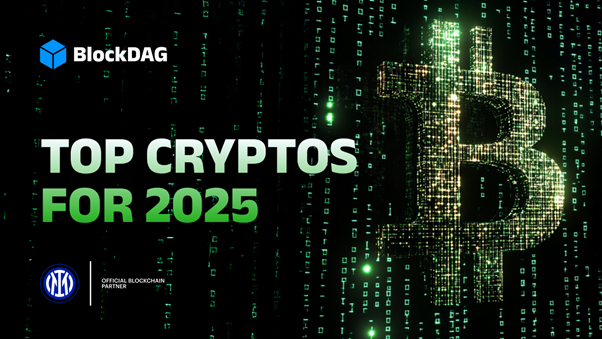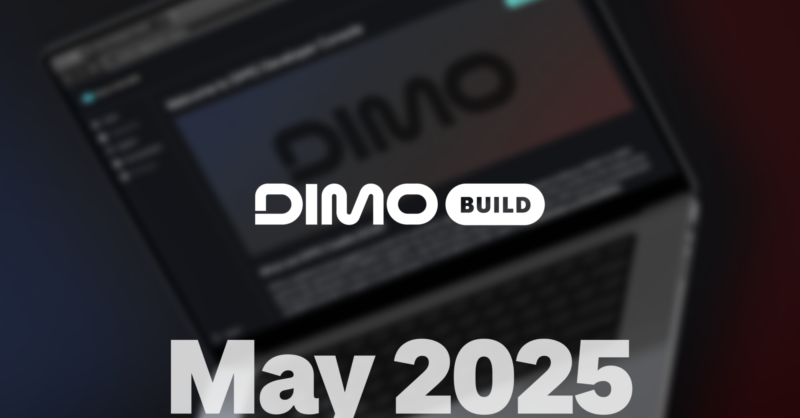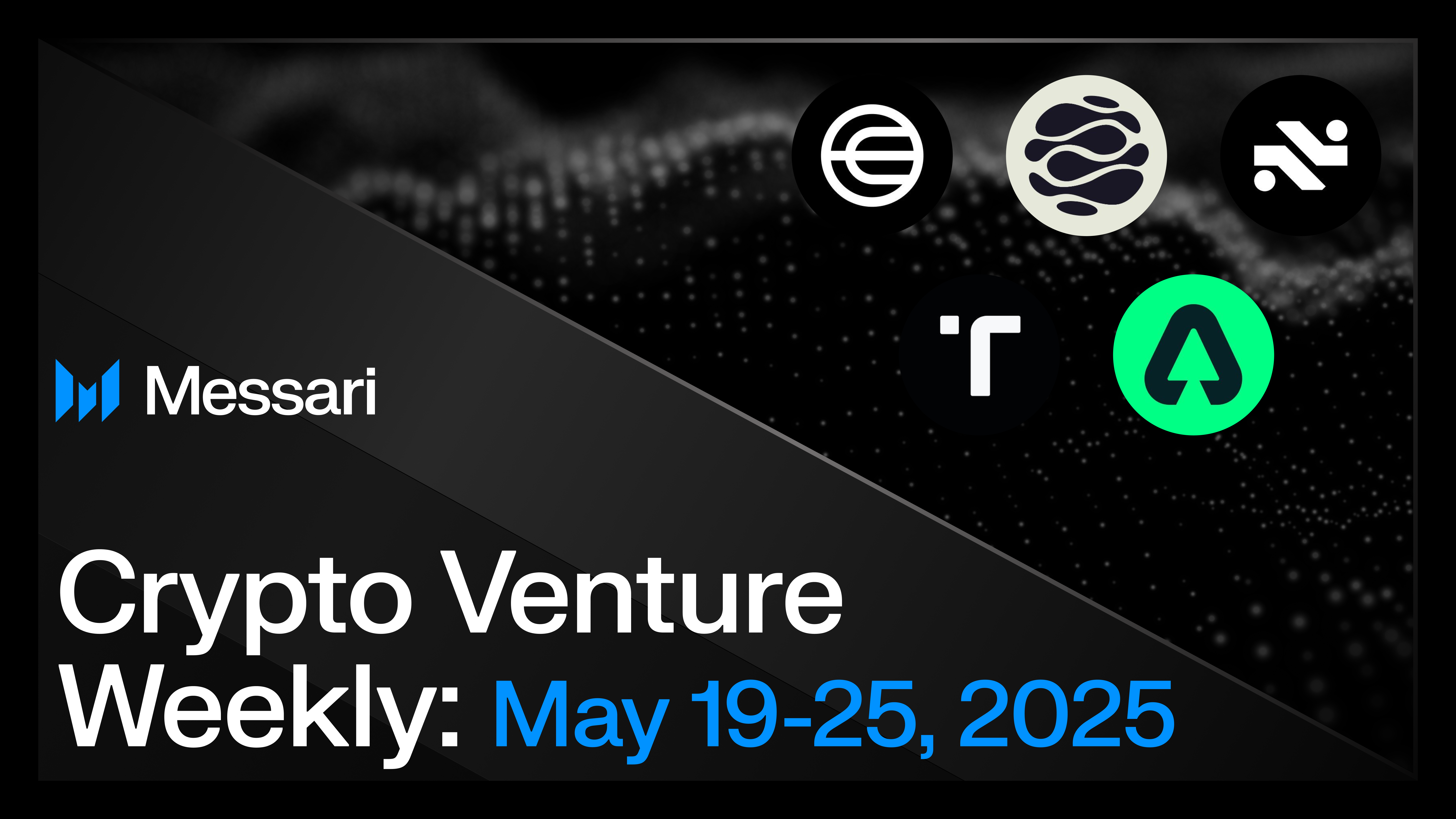Top 3 Altcoins to Watch as Crypto Market Prepares for Breakout
The crypto market is currently showing signs of a potential breakout, with altcoins gaining momentum rapidly. Historically, significant price movements begin quietly, allowing astute investors to position themselves before explosive growth occurs. For those seeking undervalued altcoins with substantial upside potential, now is an opportune moment to invest. Among the top contenders, Kaanch Network stands out as a presale-stage project poised for significant gains.
Kaanch Network (KAANCH) is a high-utility altcoin designed for real-world applications, including tokenized supply chains and decentralized AI. Currently in its active presale phase, it presents a unique entry point before it gains traction through exchange listings and media attention. The project is gaining popularity among early investors due to its innovative approach and alignment with major trends like DePIN and AI. With strong community support and early venture capital interest, Kaanch Network is well-positioned for a breakout.
Other notable altcoins include Injective Protocol (INJ) and Theta Network (THETA). Injective Protocol is a high-speed derivatives engine tailored for DeFi applications, benefiting from the resurgence of decentralized finance and increasing trading volumes. Meanwhile, Theta Network focuses on decentralized video streaming and content delivery, capitalizing on the shift towards Web3 entertainment. As these projects continue to develop and attract attention, investors are encouraged to act quickly before these tokens experience significant price increases.
Related News





